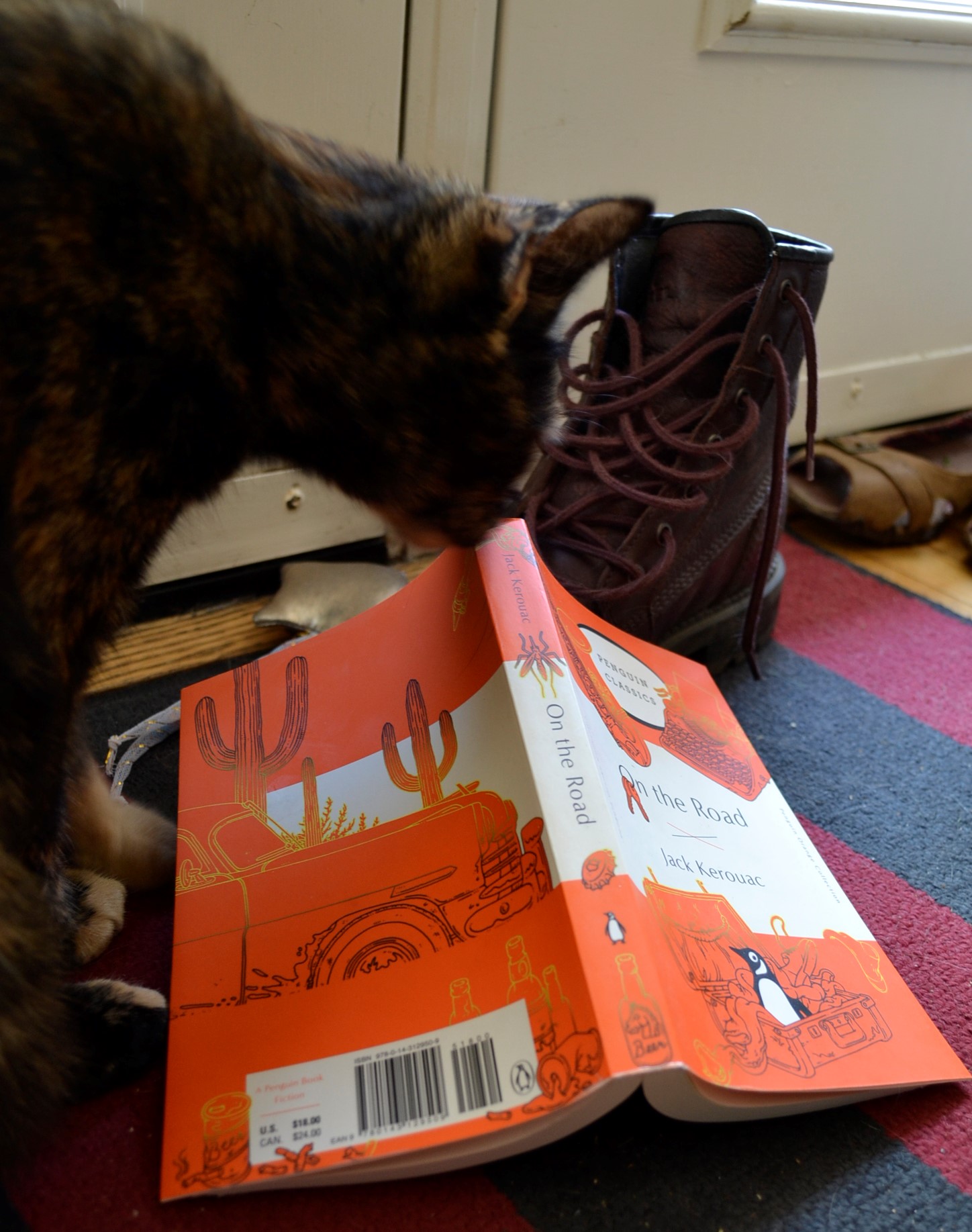Bunnies Everywhere
Every time we drove to the city there was one stop that we had to make, rain or shine, late or not. The Big Apple. Its main geographical feature is the giant red apple that you can see from the highway. You can buy almost any kind of pie you can imagine and watch the bakery staff making various apple-related treats through the glass. There’s also a fairly large restaurant and a gift shop full of candy and knickknacks, a nature trail, and a small petting zoo starring Larry the Llama.
But the main reason we stopped every time? Bunnies. The entire place was overrun with rabbits of every size, shape, and colour. They were in the woods, in the zoo, on the paths, everywhere! They were basically wild, and in no way submitted to petting or even a picture, but there was something magical about a landscape covered in bunnies.
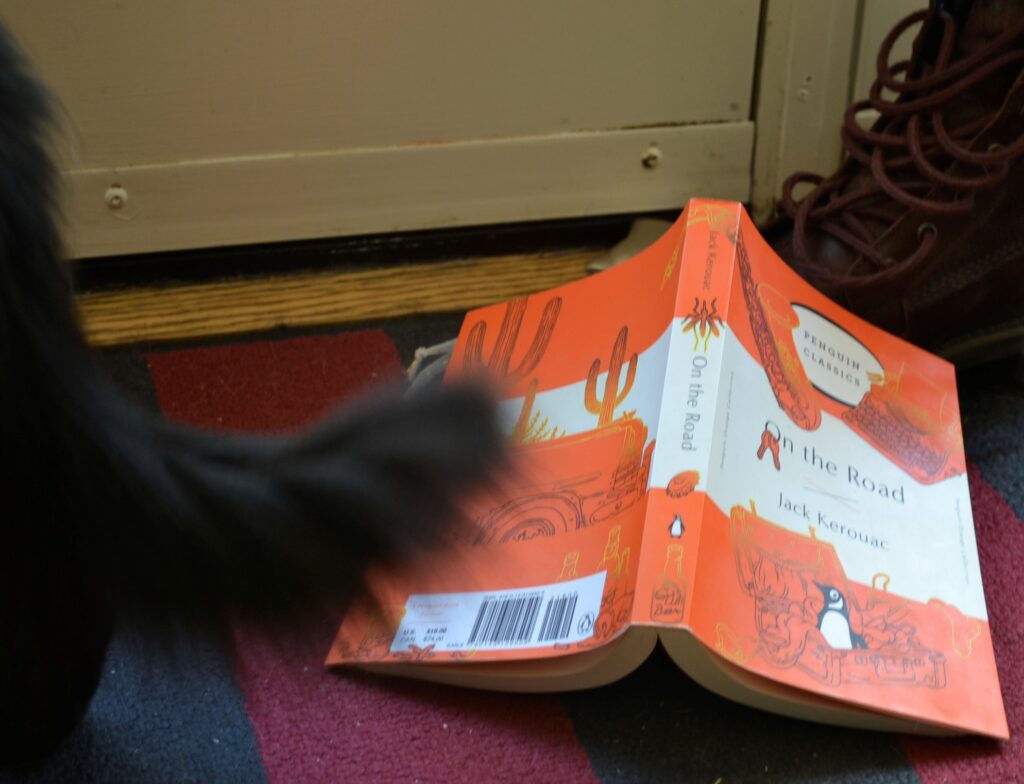
On our most recent trip, myself and my lovely spouse stopped at the Big Apple. We found that it had gone under another renovation, and boasted several improvements, but sadly, the bunnies are long gone. I’ll probably still always stop there on all our trips to our hometown, but I’ll also always be looking for rabbits when I do.
A Study of the American Landscape
Jack Kerouac’s On the Road is a novel that nearly defies description. I wasn’t surprised to discover in my research that Kerouac wrote On The Road in one continuous stream and then chaptered it later because the flow of the book is something to behold in and of itself. The plot focusses on the travels of a writer named Sal Paradise both with and without the company of Dean Moriarty. Based on Kerouac’s actual travels with Neal Cassady, the prose rambles through the entirety of the United States talking about places, people, music, and the spaces in between trips where all that Paradise can think about is the road and seeking the nirvana at the end of it.
What shines in Kerouac’s writing is definitely the descriptions of the shifting landscape that Paradise passes through on his way to his destinations. From the urban landscape of New York to the plains of Nebraska the reader not only sees these spaces in front of them, they feel them, smell them, breathe them in a way that only incredible descriptive skill is able to allow.
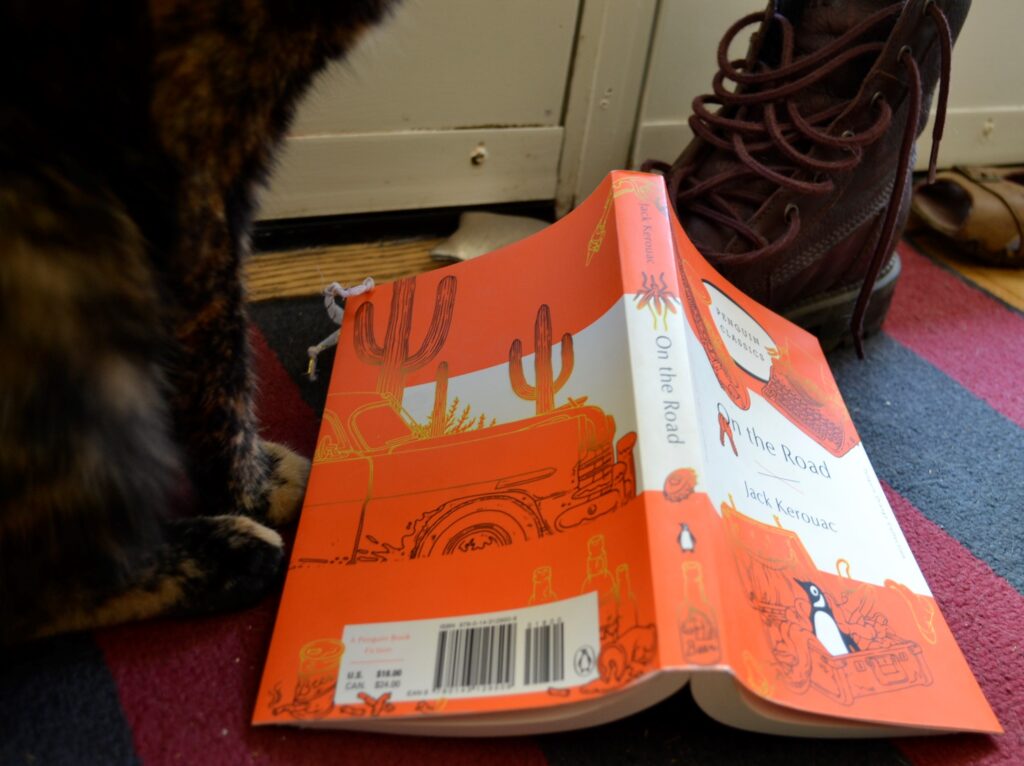
This book goes beyond a road trip, because what it provides is more of a historical snapshot of what the roads and landscape were like over a half-century ago. It’s an ode to the roads of yesterday and the yearning to just get in a car and drive away into the sunset.
It’s About the Journey
I think one of the reasons On the Road still has a place in today’s literary landscape is that it’s a book that can speak to different people in drastically different ways. It’s not just the details of one journey but several and can be read on multiple different levels. It’s a novel that is about journeys and about searching for meaning through making journeys both physically and psychologically.
It’s a book that can be nearly any journey the reader wants it to be, and while that perhaps makes it difficult to analyze, it makes it a valuable piece of literature. It’s rare that prose can take on so many meanings and create so many varied influences. It’s a work that encourages the reader to use the characters and plot in a way that speaks to them. That’s a very powerful accomplishment for any book.
What Were They Looking For?
So, what were Dean Moriarty and Sal Paradise looking for? As I said in the previous point, my opinion is definitely not the only one and I would encourage any reader to think about the question themselves and come up with their own answer if they choose to read this book. To do otherwise is to really miss the point of the novel.
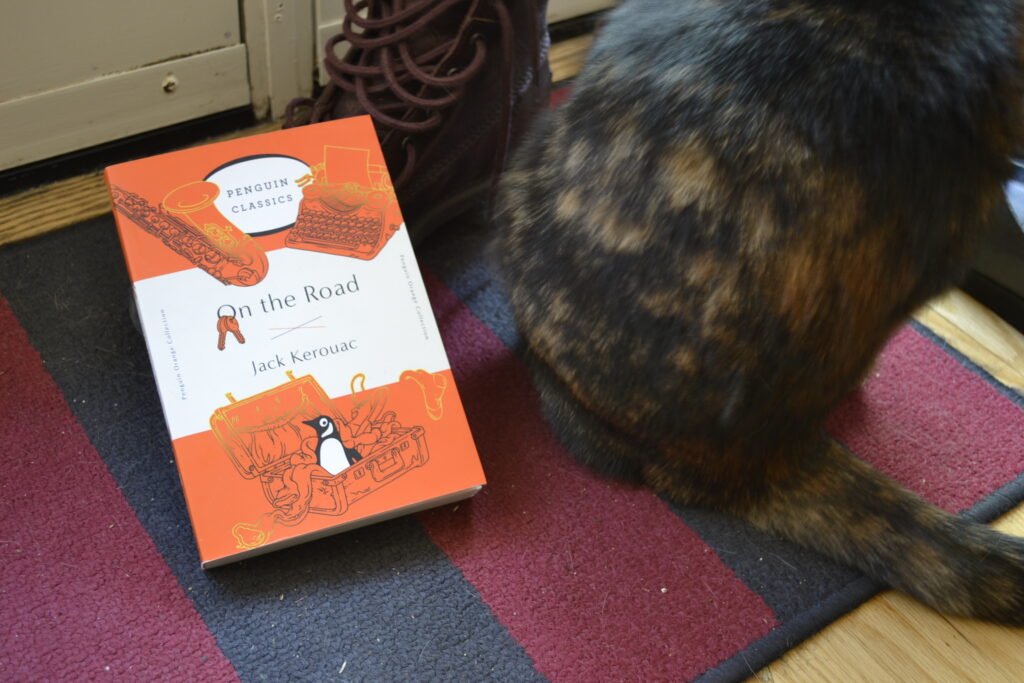
As I see it, Paradise is looking for the pot of gold at the end of the rainbow. He’s looking for answers as to what to do with his life and what meaning to assign to it. He wants to find where he belongs in society and even amongst his own group of friends. He has difficult fitting in with everyone he meets, even in passing. When they reach that ‘end of the road’ at the end of the book, Paradise has realized that he is looking for something that he knows doesn’t actually exist — or at least doesn’t exist how he pictured it.
As for Moriarty, he is looking for an escape from the inevitability of aging and mortality. His quest for an eternal youth somehow gained by crossing and re-crossing America leaves everyone else in a wake of destruction. Moriarty’s friends and connections are tenuous and temporary because he throws them all away in search of his rapidly fading youth. Eventually he turns into a lonely, aging man who is desperate for the friends that he has thrown away.
A Note of Exclusion
There is one obvious problem with On The Road and that’s the female characters in it. They are mostly props for the male characters and little else. They don’t really factor into the plot except when Moriarty is running away from or toward one of them. I didn’t expect much from a book written in 1957, but that doesn’t make this aspect any less aggravating. It’s clear that Kerouac has a specific audience in mind and anything outside of that audience is going to struggle more than a bit with some of the content.
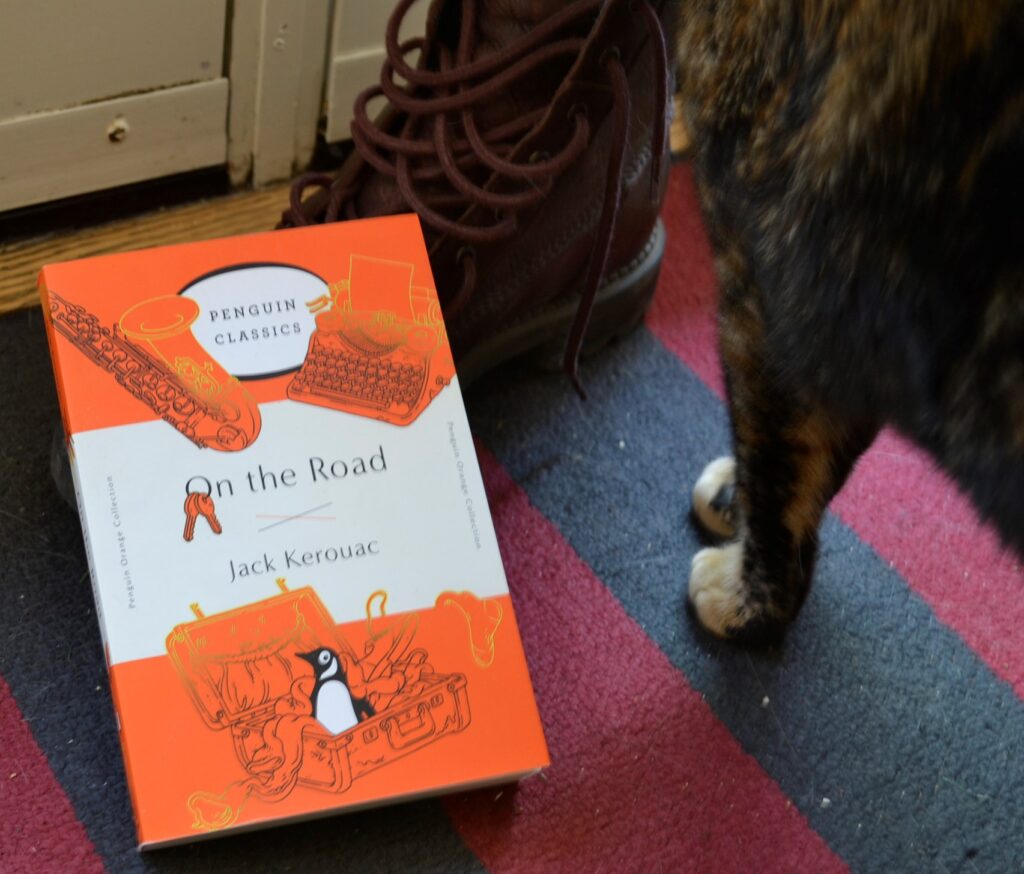
Next Stop: the Other Big Apple
I’m going to take a page out of the Kerouac and try to describe the scenery that helped to change my opinion on road trips in general.
The next stop on the literary road trip takes us back to 1919 with Sinclair Lewis’ Free Air. I’ll also be writing about one of our longest road trips that myself and my lovely spouse went on. A drive all the way to New York City.
